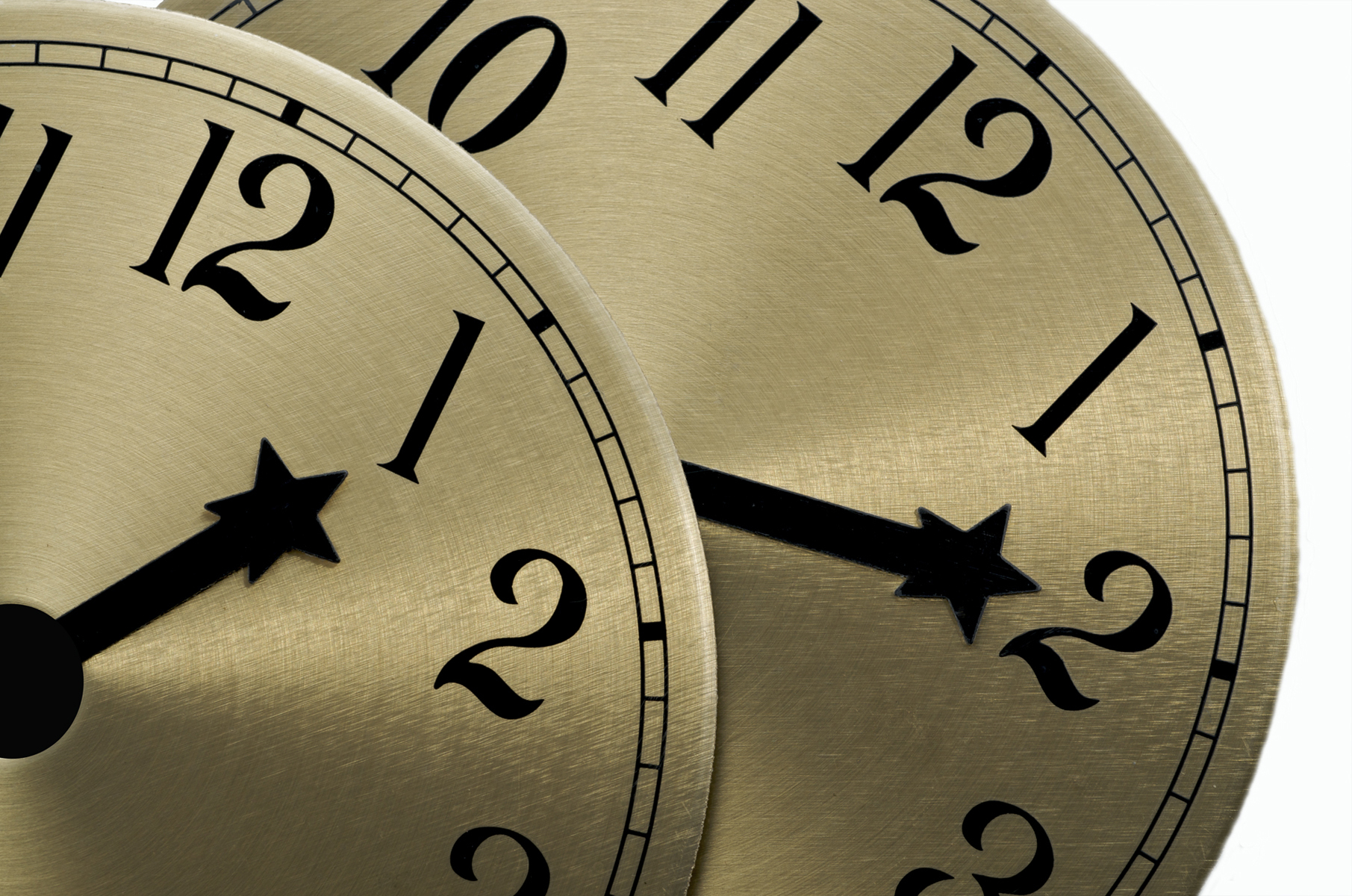AARP Eye Center
4 Myths About Daylight Saving Time
By Candy Sagon, March 7, 2014 12:49 PM

Let's hope you've recovered from Groggy Monday, the day after we turn our clocks ahead an hour (and lose an hour of sleep) for that convoluted practice called daylight saving time.
Even though studies show that this fiddling with our sleep schedule is a bad idea - a higher risk of car accidents from sleepy drivers during the Monday morning commute, workplace injuries because of tired workers, a spike in heart attack risk - we're still somehow wedded to "springing forward" now and "falling back" in November.
This shift even costs businesses a tidy bundle - $434 million annually, two experts in worker productivity and safety recently wrote in the New York Times, thanks to days off due to injuries as well as "cyberloafing" by fatigued workers.
>> Sign up for the AARP Health Newsletter
So why do we stick with daylight saving time? Does it have to do with the farmers? With energy conservation? Maybe Benjamin Franklin? Read on for the four most common myths.
Myth 1: Daylight saving time was established to help the farmers.
In fact, it's the exact opposite, according to a history of daylight saving time by National Geographic. The farmers vociferously lobbied against it because it left them with an hour less sunlight to get their crops to market. They effectively blocked daylight saving time until 1966, when their lobby power shrunk and President Johnson signed it into law.
Myth 2: It helps us conserve energy.
Again, the opposite. Perhaps this notion has something to do with World War I, when daylight saving time was temporarily instituted to save on coal for the war effort. But a 2008 study found that what it really does is hike our air conditioning bills (that extra warm hour of sunlight) and increase our gasoline usage (hey! it's still light out, let's go to the mall!). Plus, because the mornings are darker, we're turning on more lights.
Myth 3: It was Benjamin Franklin's idea.
He may have mused about it in 1784 while he was in Paris, suggesting that we rise earlier to make use of the morning sunshine to get things done and save on candles, but you can blame (or praise) William Willett, a British builder, who proposed the idea of British Summer Time in 1905. A bill was introduced in Parliament but, ironically, it was the farmers who opposed it. It became law after Willett died in 1915.
Myth 4: It's entrenched. We can't change it now.
Sure we can - we can make it even longer. After all, in 2007 the government extended daylight saving time by a month, thanks to the lobbying efforts of the industries that profit from sunlit evenings, including golf, grills, patios and recreational facilities like outdoor water parks. Those who can't seem to get it changed are parent and school groups who don't want kids waiting for the morning bus in the dark. Arizona and Hawaii also don't follow it, for obvious reasons. Why would they need an extra hour of sunlight?
Photo: GarysFRP/iStock

>> Get discounts on health services with your AARP Member Advantages.
Also of Interest
- Why Is It So Hard for Women to Get Some Sleep?
- 10 Drugs That May Cause Memory Loss
- Get free assistance with tax-return preparation from Tax-Aide
- Join AARP: Savings, resources and news for your well-being
See the AARP home page for deals, savings tips, trivia and more























































